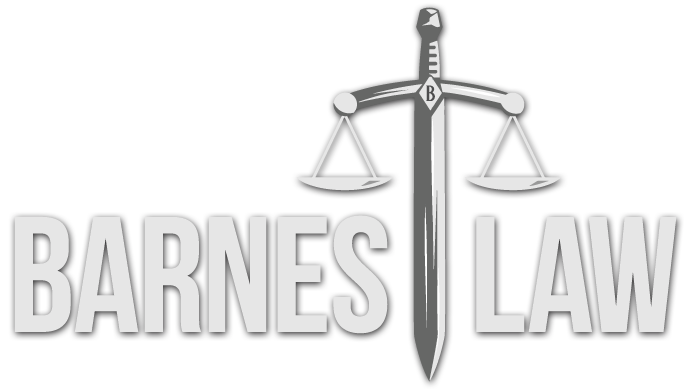Equity Stripping in Asset Protection: Beware of Fraudulent Transfers
Equity stripping, the process of encumbering an asset with liens as a means of protecting the asset from future creditors, is one of the oldest asset protection strategies. While the process itself can take several forms, the end result is generally the same—the asset is saddled with enough debt senior to a creditor’s claim that even if the creditor went through the trouble of forcing a sale of the asset, they would recoup nothing. As defined by the Uniform Fraudulent Transfers Act (“UFTA”), a lien is “a charge against or an interest in property to secure payment of a debt or performance of an obligation, and includes a security interest created by agreement, a judicial lien obtained by legal or equitable process or proceedings, a common-law lien, or a statutory lien.”[1] A properly perfected lien[2] will, with very few exceptions, take precedence over all future liens as long as it is in effect.[3] If all of a property’s equity is attached to existing liens, then all future liens placed on the property will essentially be worthless to the creditor.
It is even the case that sometimes equity stripping is the only viable means of protecting an asset. For example, financed property usually can’t be transferred into a limited liability company (“LLC”) or similar entity without triggering a loan agreement’s “due-on-sale” clause. If the clause is triggered, then the lending institution typically reserves the right to accelerate the loan, making the entire balance payable within 30 days. Another situation where equity stripping is desirable is protection of a personal residence. Under §121 of the Internal Revenue Code[4], a property that is a person’s home for two years in any five-year period qualifies for an exemption on gain if the property is sold. Although placing the home in a single member LLC or other entity with “disregarded entity” tax status will preserve this exemption, placing the home in a limited partnership or multi member LLC will not.
However, as with all aspects of asset protection, there is a right way and a wrong way to perform equity stripping—and in this case failing to equity strip properly will run the debtor, and anyone who assists them, afoul of fraudulent transfer laws.
First, the lien cannot be “bogus.” While that sounds like common sense, it is a very common, and illegal practice. The lien is “bogus” if the owner of the target asset receives no compensation in exchange for granting the lien. Per the Uniform Fraudulent Transfer Act[5], any transfer that occurs with no exchange of equivalent value is highly susceptible to a fraudulent transfer ruling, meaning the lien will likely fall apart if challenged in court.
However, not all friendly liens are “bogus.” If a friendly party gives you an actual loan that is equivalent in value to the lien, for example, and he is not an “insider,”[6] as defined in applicable fraudulent transfer law, then the lien may well survive a court’s scrutiny. That assumes that a debtor can find a friendly person or business that is willing to loan he/she money on friendly terms (keeping in mind that all interest payments the debtor makes to their friend, will be taxable income to the lender).
Second, in keeping with one of the cardinal rules of asset protection—late planning does more harm than good—the lien must occur significantly in advance of any legal proceeding. The closer in time to the proceeding that the lien (or any other form of asset protection) takes place, the more likely a court will hold that the transfer was done not for a legitimate business purpose, but rather to solely evade creditors—and therefore be set aside by the court[7]. Should a bogus lien occur shortly before a creditor threat arises, a knowledgeable attorney should have little problem convincing a judge to invalidate the lien.
While the courts highly scrutinize equity stripping due to the ease of potential abuses, there are many perfectly legitimate ways to strip equity to protect assets. Although equity stripping can be an effective means to protect assets, it requires much skill to implement properly. Poorly designed programs are often either vulnerable to fraudulent transfer rulings, or are costly from a tax and/or economic perspective. Someone should not engage in any advanced asset protection strategies without first consulting with an attorney well versed in this complex and intricate area of law.
--By Doug Hanchar, Esq., Barnes Law
Doug Hanchar is an associate attorney with Barnes Law, licensed to practice law in California.
The opinions expressed are those of the author and do not necessarily reflect the views of the firm, its clients, or any of its or their respective affiliates. This article is for general information purposes and is not intended to be and should not be taken as legal advice."
[1] UFTA §1(8); 11 U.S.C. §§101(36),(37),(51),(53).
[2] Depending on the circumstances, a lien may be perfected by recording a mortgage or deed of trust at the recorder’s office in the county where the property is located (for real estate), recording a title with a lien on it at the department of motor vehicles (for vehicles), filing a UCC-1 form with your Secretary of State’s office (for non-titled property), or by a court’s issuance of a judgment, which can then be used to file judgment liens.
[3] A property tax lien, will usually take precedence over all other liens, regardless of when it arose. Cal. Gov. Code §§7170-7174.
[4] 26 U.S.C. §121
[5] See UFTA §4(a)(2) and transfer occurred “with actual intent to hinder, delay, or defraud any creditor of the debtor” (UFTA §4(a)(1).)
[6] UFTA §1(7).
[7] Cal. Civil Code §3439 et seq.
